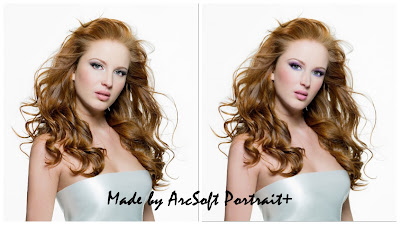By on July 16, 2012 in tutorials, Photography Tips Blog
(Source: Flickr- Chaosprinz)
Photographers around the world are worried about getting blurry pictures, especially if they get the chance to capture a moment that rarely comes. If you want to be able to see to it that you will get crystal clear images every time that use your camera, then you should brush up on the different things that you have to know in order to learn how to stop blurry images. Here are some tips that you may use in order to limit the chance that your precious moments will pass without you getting the chance to document them. With the following tips, you should be able to avoid blurry images showing up in your files and you will be able to see to it that you will get amazing pictures every single time.
Tip #1: Focus Camera Within the Least Amount of Time
One of the most important things that you have to master in the process of learning how to stop blurry images involves focusing your camera within the least amount of time possible. After all, your picture will be very blurry in all the wrong places if you fail to set the focus on your camera properly. Choose the part of the picture that you want to come out clearest and make sure that you adjust your focus in such a way that the right parts will come off crystal clear. Mastering the art of finding the right focus for your pictures will allow you to ensure that your photos will come out clear and not blurred. Even better, it will allow you to make sure that you highlight the subject in your photographs.
Tip #2: Use the Right Motion Blur Settings
Capturing a very fast moving object in a picture can be very tricky, especially if you are going to place your camera on automatic setting. If you would simply just point and shoot your camera, then there is almost a hundred percent possibility that your photos will come out blurry. Having said this, make sure that you at least use the right motion blur settings when you are shooting a moving subject. This will not remove the blur completely, but doing so will make the image clearer. If you want to shoot moving objects with absolutely no blur, then you have to see to it that you tweak your camera’s setting accordingly.
Tip #3: Use a Tripod to Keep Camera Stable
Finally, make sure that you use the right techniques and mechanisms in order to keep your camera as stable as possible. There are a lot of tools that you may use in order to do this, as you learn how to stop blurry images. Using a good tripod, for example, will give your equipment the stability that it needs, especially if you were to use long exposures and slow shutter speeds. If you are a serious photographer, then it is imperative that you invest on a tripod that you may bring everywhere and mount on any kind of surface. This way, you will be able to ensure that all the photos that you shoot will come out crisp and crystal clear, and no doubt, beautiful.





.jpg)






















